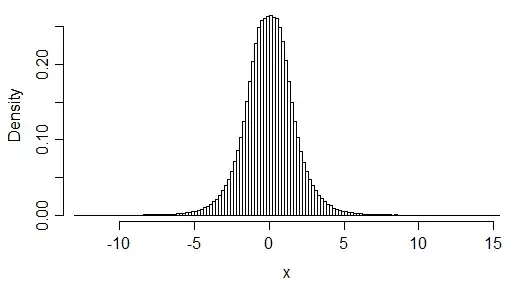Just as an example consider the density proportional to $e^{-(1+x^4)^\frac14},\quad-\infty<x<\infty \,.$
I currently have no idea what the normalizing constant is for that density. (Well I can tell it's not going to be terribly far from 1, so I have some notion, but being able to guess it to within an order of magnitude isn't much help)
It's not hard to see that $(1+x^4)^\frac14 > x$ for $x\geq 0$ (if it's not obvious, look at the fourth power of both sides, from which it is surely clear), and so by symmetry $(1+x^4)^\frac14 > |x|$ everywhere, and hence it's clear that $e^{-|x|}>e^{-(1+x^4)^\frac14}$ on the real line.
Consequently I can use the standard Laplace distribution scaled up by a factor of 2 as a majorizing function. (There are somewhat more efficient choices, but it suffices to use this simple case. Note that we now know for sure that the integral of that unscaled density must be less than 2.)
I still don't know quite what the density in question integrates to, but I can simulate from it.
Indeed, here's a histogram of (just over) a million values from it:

(And having just run code to simulate those values, I now have some idea what the normalizing constant is, since you can work an approximation out from the acceptance rate. The integral of the unscaled density comes out to about 1.397 -- checking that with the integrate function in R, it gives 1.396785 with absolute error <0.00011 -- so the normalizing constant would approximately be the reciprocal of that.)
